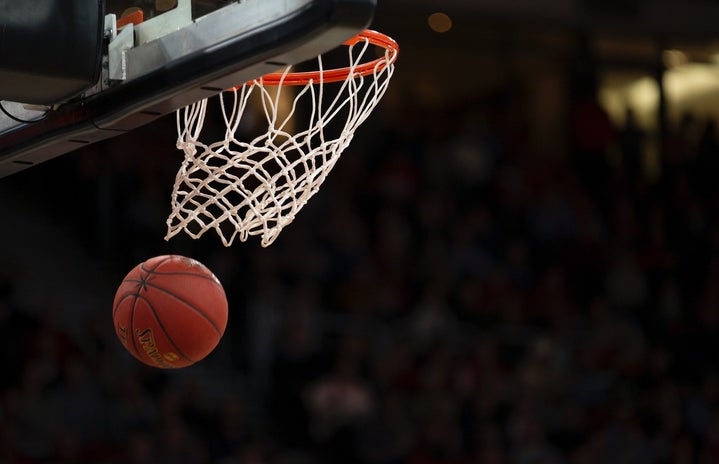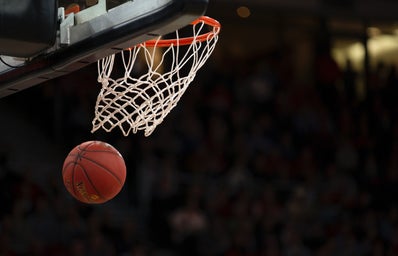By Essence Wiley
This past week, Te’a Cooper, a rookie Los Angeles Sparks player, went viral on Twitter for simply being an attractive athlete. In the wake of Cooper’s newfound fame, conversation regarding disparities between WNBA and NBA endorsements sparked: “WNBA players should have million dollar deals for edge control, shapewear, tampons, sports bras (…) They use all of these daily in their games.” According to CNBC, WNBA players make 20% of the minimum salary in the NBA. In addition, an Investopedia article reported roughly 65% of Lebron James’ career earnings stem from endorsements ranging from Nike to Beats by Dre to even luxury luggage brands. So while WNBA salaries are being capped at roughly $100,000 a year, big-time NBA players are making that in hours. Though it is no secret that WNBA programs and players in the US are significantly underfunded when compared to the NBA, it is shocking to find out that only a fraction of these women are even being invested in by companies catered towards them.
First, it’s important to remember that WNBA players are women first and athletes second; thus, they use feminine products ranging from sports bras to tampons daily. Black players could easily promote natural hair products or extensions as we all know protective styling makes life much easier as a black woman. Similarly, as pro athletes, these women are constantly sweating throughout the day, placing even more importance on a solid skincare routine. Skincare companies could undoubtedly use WNBA players to market their products to the millions of women in this country who workout regularly too. Even beauty brands could benefit from partnerships with female athletes as they’re useful in advertising long-lasting, durable products during any exercise.
Nonetheless, female players work just as hard as male players, if not harder, daily. So why don’t companies see the value in womens’ basketball players? It starts with the fact that the women’s basketball games aren’t promoted like NBA games. If a male player has a good night, his highlights will most likely end up on your timeline while female players don’t always receive the same luxury from large platforms like @houseofhighlights or even @ESPN. In turn, WNBA TV ratings are much lower, meaning those who do tune in are usually committed fans. Overall, the disparities between men and women’s basketball seems rooted in nothing other than sexism. So much so, these players are being left out of conversations that are meant for them with no real justification as to why. In the age of “diversity and inclusion,” it would benefit brands, especially those with a female clientele, to take a chance on female basketball players as well. Hopefully, starting the conversation will lead to women’s basketball players getting the recognition they deserve both on and off the court.


